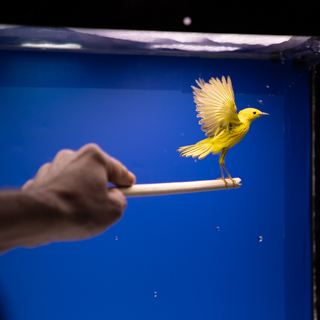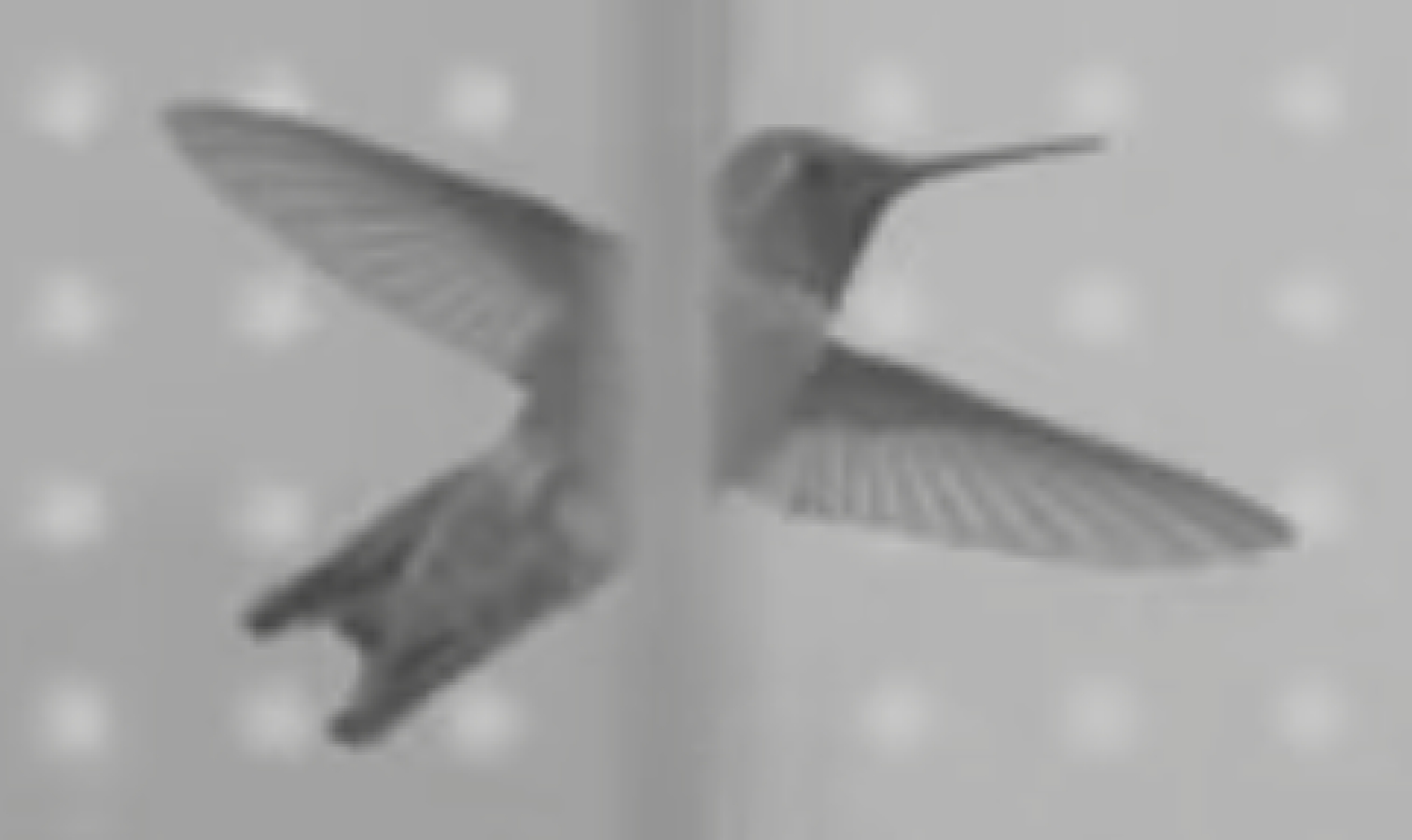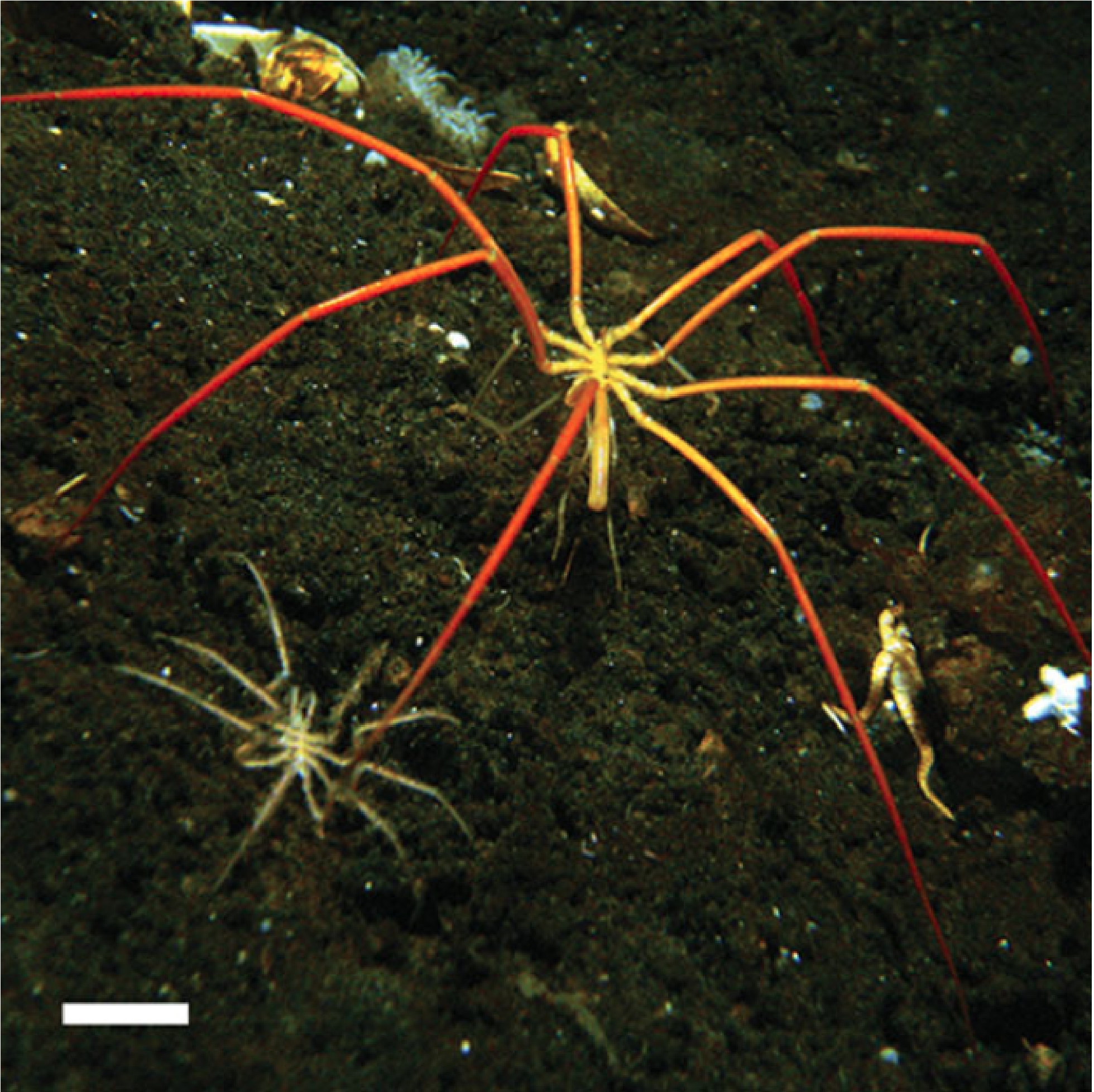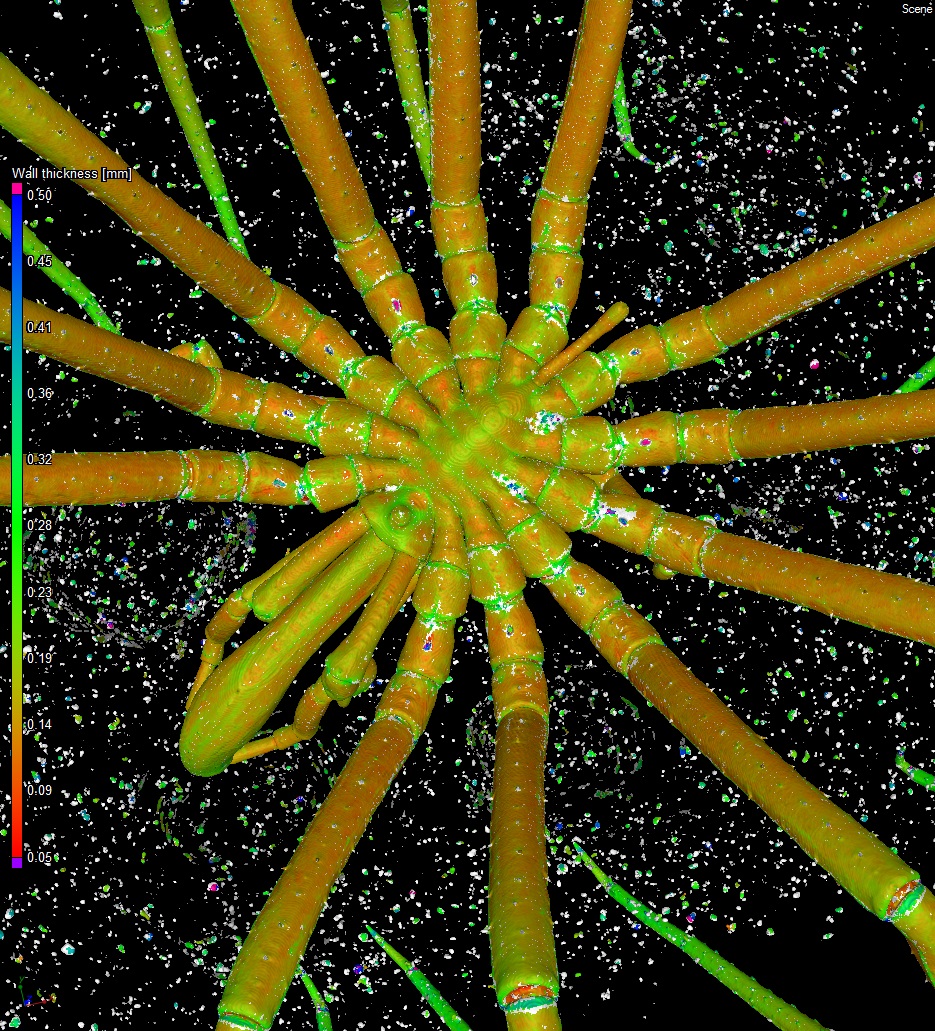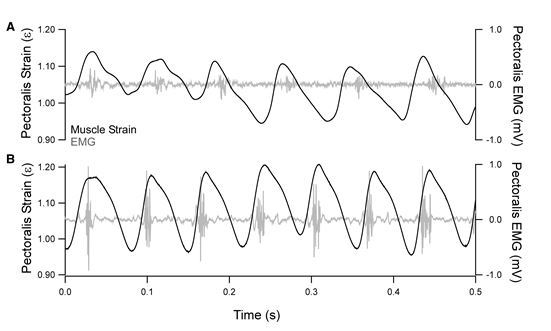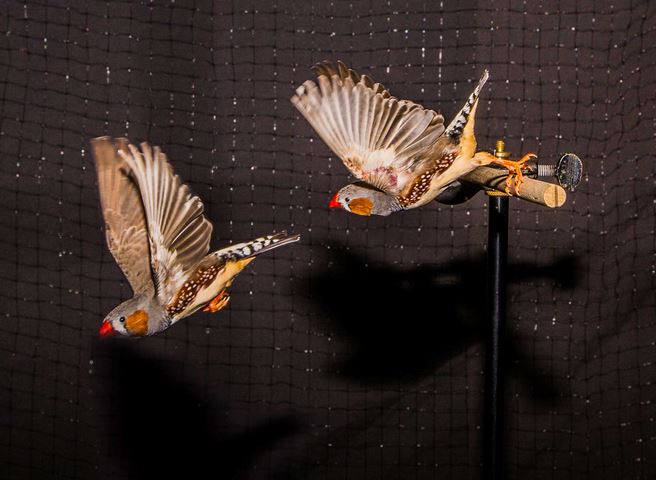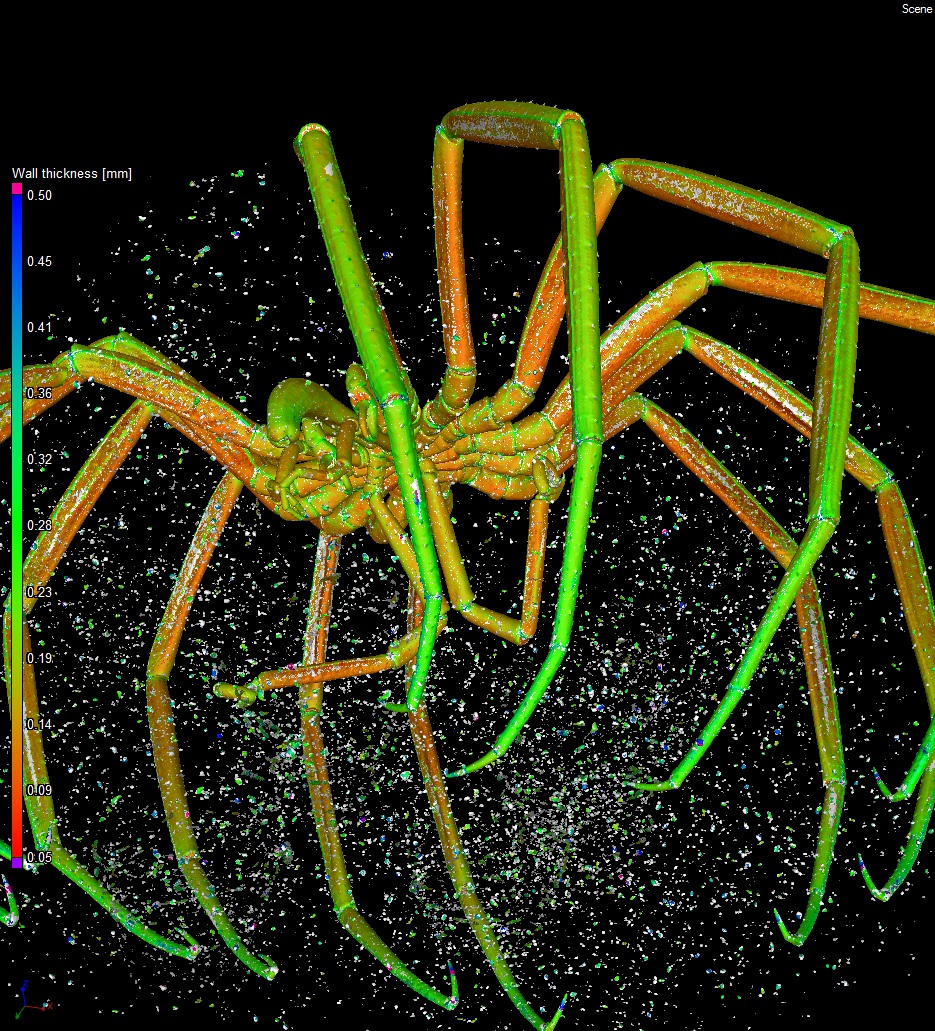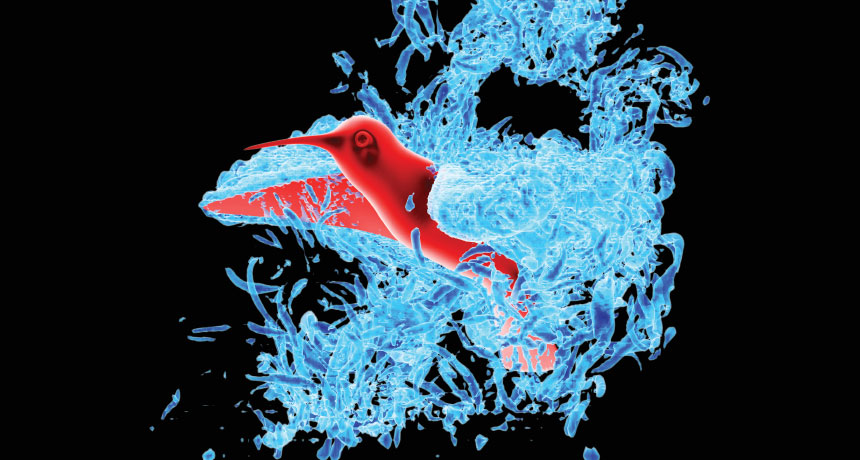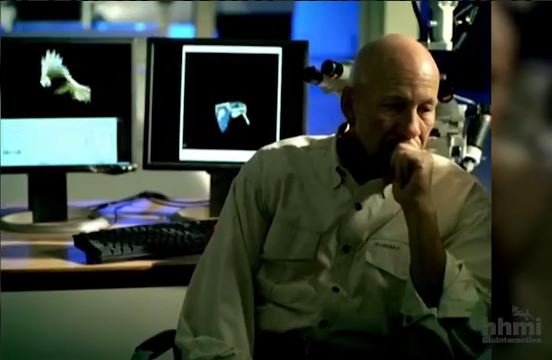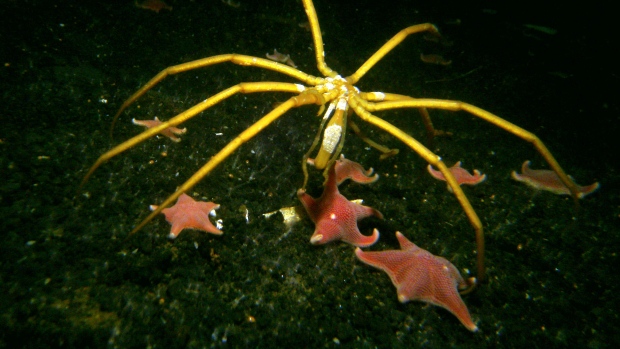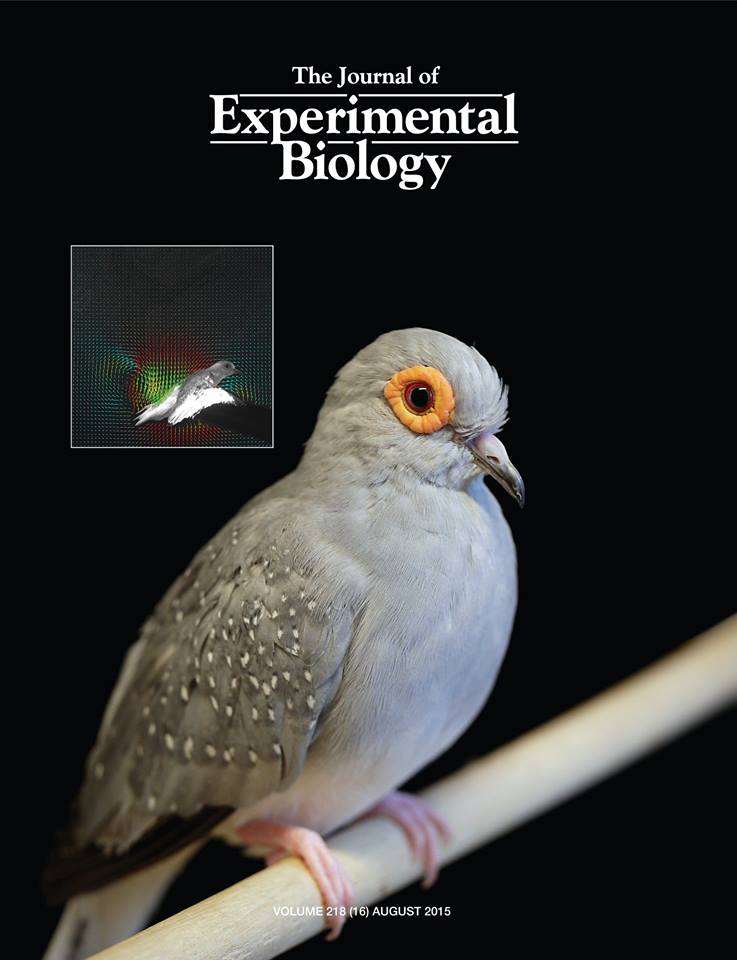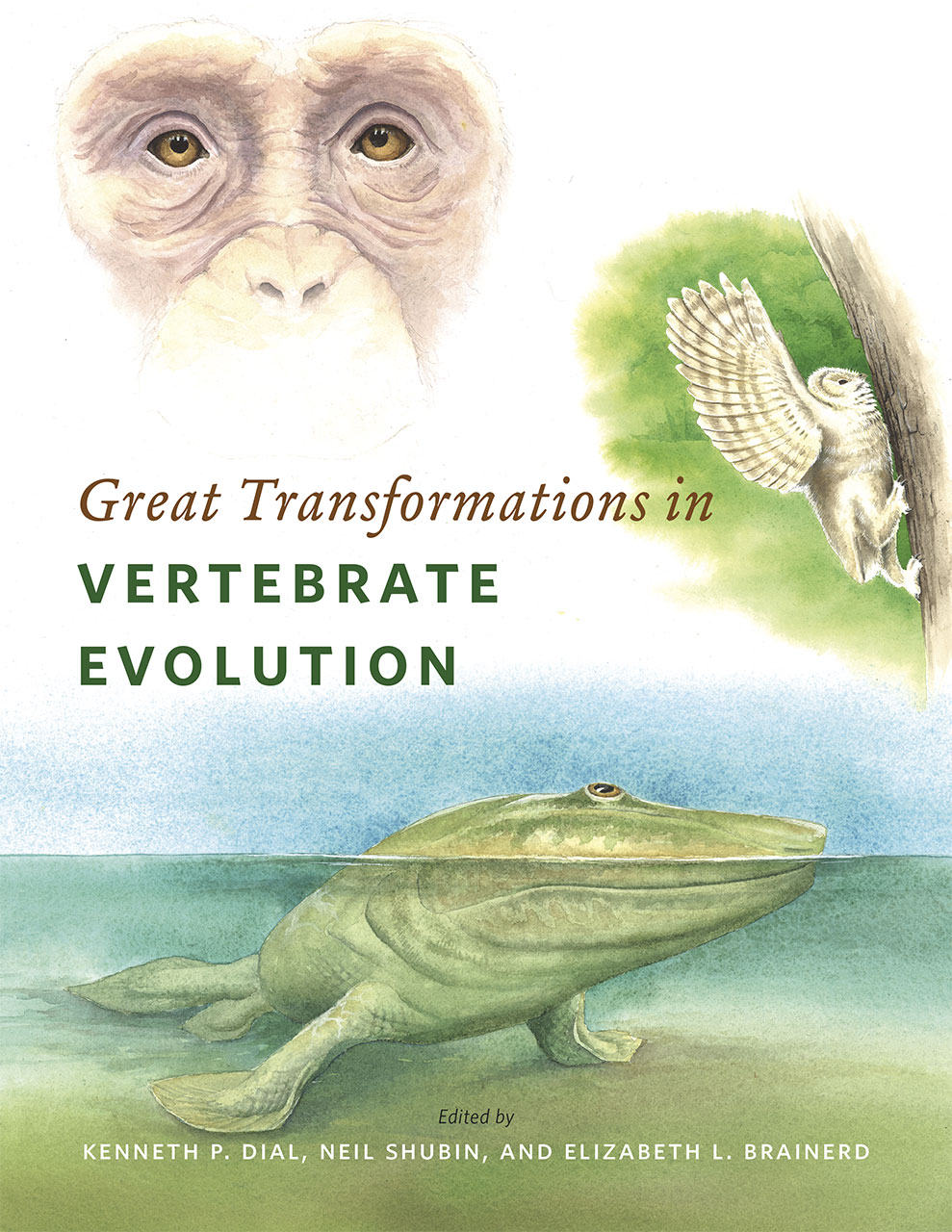News
Rosalee Elting Awarded NSF Graduate Research Fellowship!

The Edge of Glory: Energetic Correlates of Dominance and Aggression in Hummingbirds
Bret Interviewed by ScienceNews about new paper on Hummingbird Flight from Dudley Lab at UC Berkeley
New Paper in Royal Society Interface
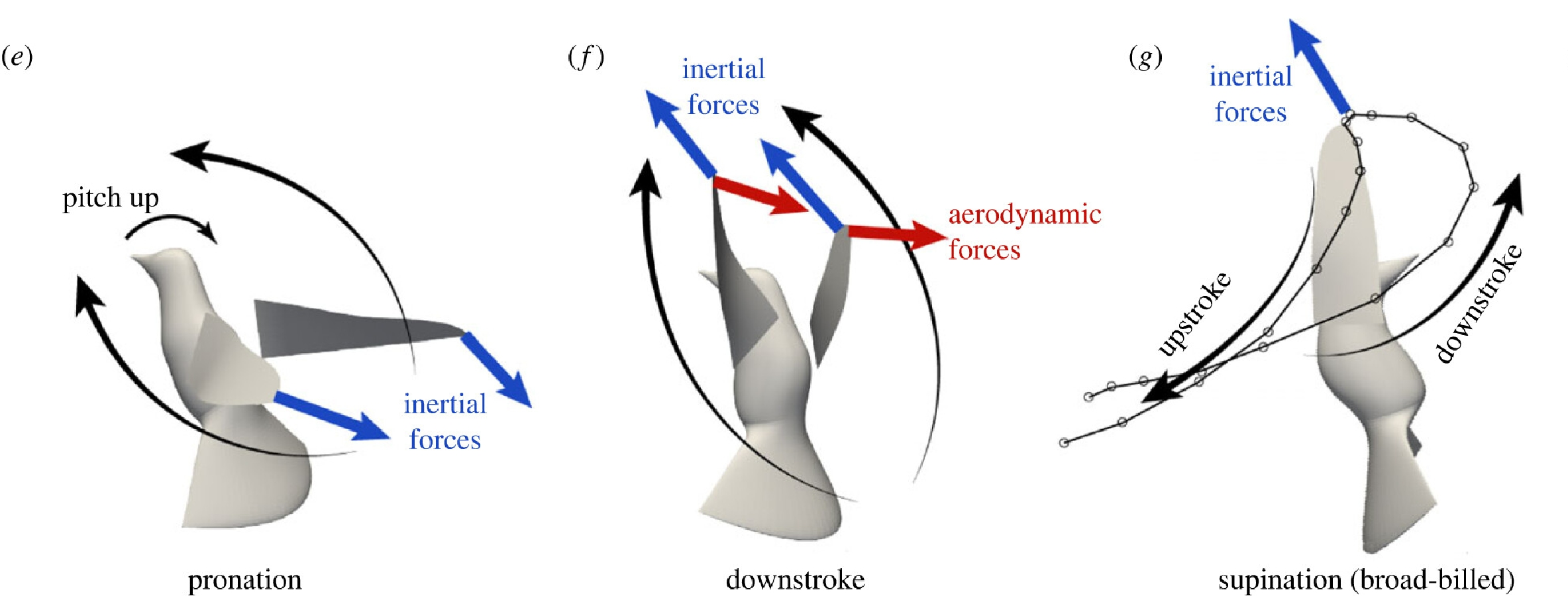 Haque, M. N., Cheng, B., Tobalske, B. W., & Luo, H. (2023). Hummingbirds use wing inertial effects to improve manoeuvrability. Journal of the Royal Society Interface, 20(207), 20230229.
Haque, M. N., Cheng, B., Tobalske, B. W., & Luo, H. (2023). Hummingbirds use wing inertial effects to improve manoeuvrability. Journal of the Royal Society Interface, 20(207), 20230229.
New Paper in Bioinspiration and Biomimetics
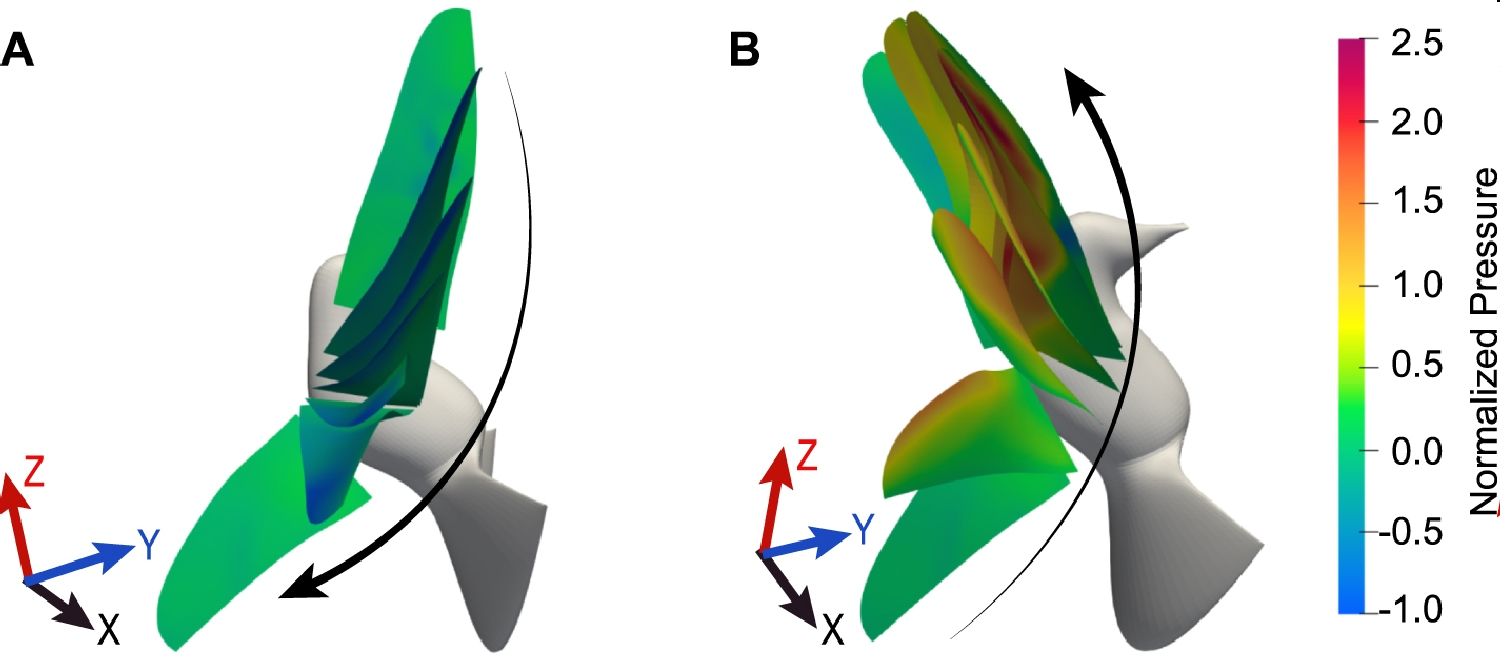 Haque, M. N., Cheng, B., Tobalske, B. W., & Luo, H. (2023). Active wing-pitching mechanism in hummingbird escape maneuvers. Bioinspiration & Biomimetics, 18(5), 056008.
Haque, M. N., Cheng, B., Tobalske, B. W., & Luo, H. (2023). Active wing-pitching mechanism in hummingbird escape maneuvers. Bioinspiration & Biomimetics, 18(5), 056008.
New Publication in Proceedings of the Royal Society, B
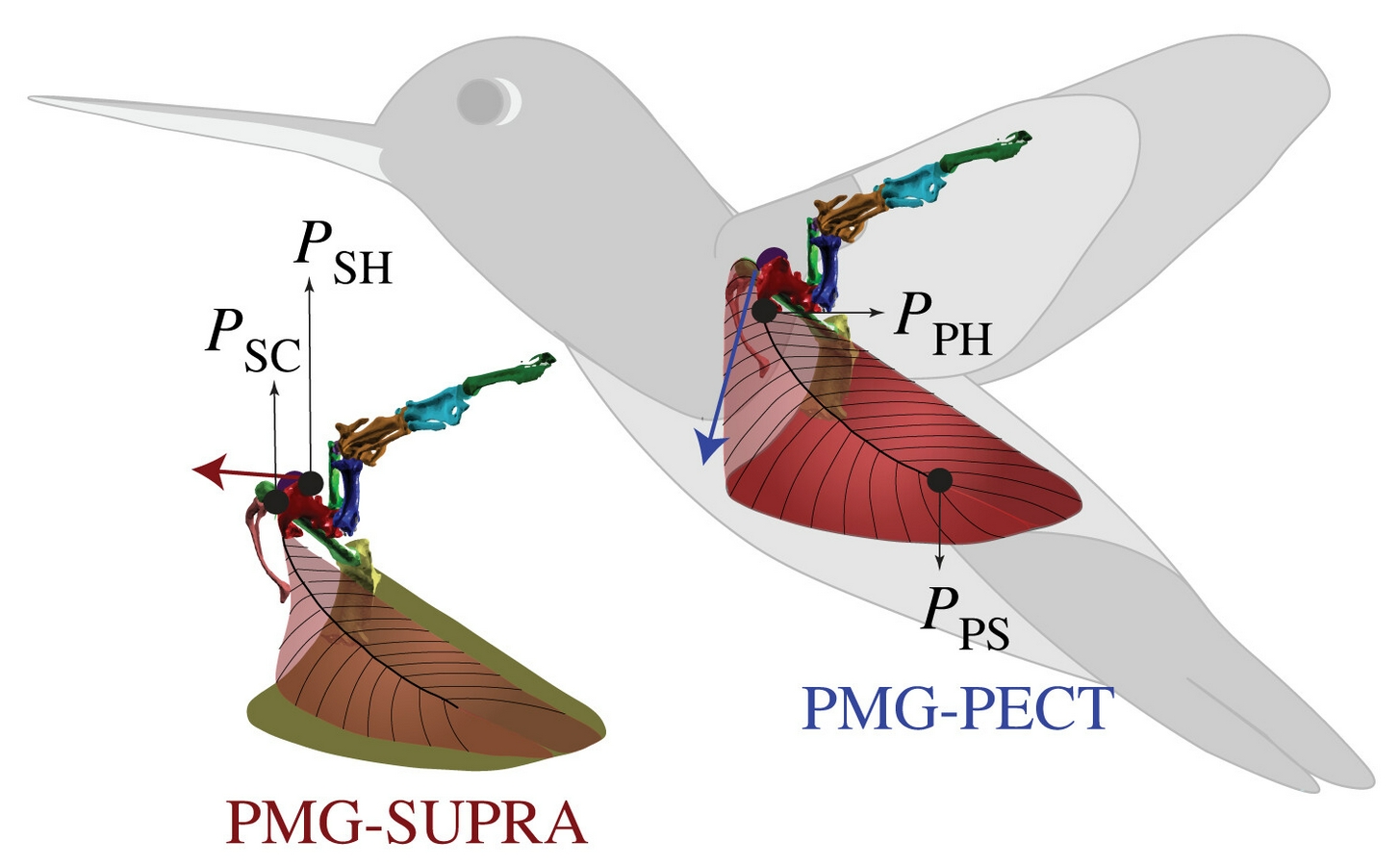
Agrawal, S., Tobalske, B. W., Anwar, Z., Luo, H., Hedrick, T. L., & Cheng, B. (2022). Musculoskeletal wing-actuation model of hummingbirds predicts diverse effects of primary flight muscles in hovering flight. Proceedings of the Royal Society B, 289(1988), 20222076. link to this publication
New Paper in Royal Society Open Science
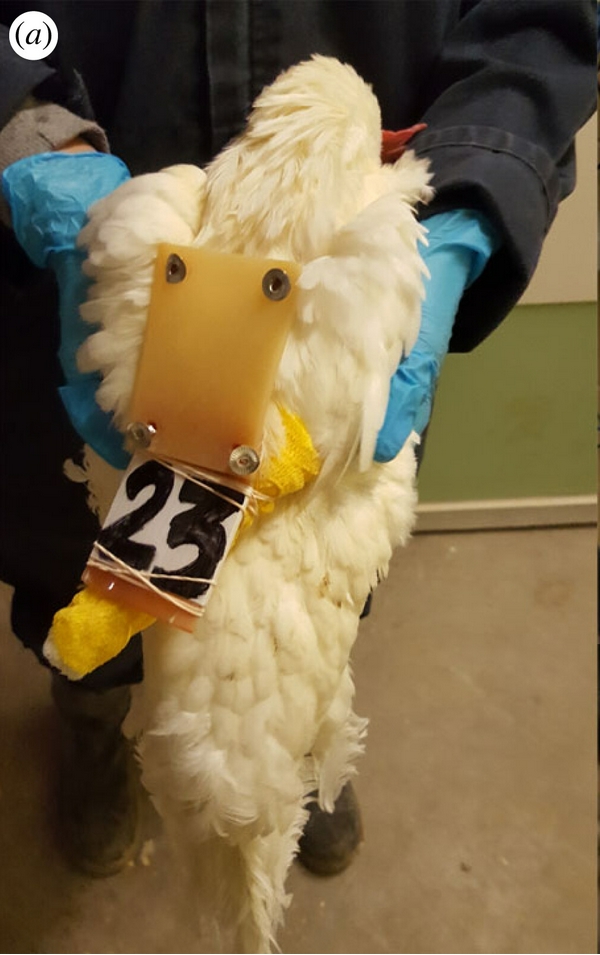 Garant, R. C., Tobalske, B. W., Ben Sassi, N., van Staaveren, N., Tulpan, D., Widowski, T., Powers, D.R. & Harlander-Matauschek, A. (2023). Does wing use and disuse cause behavioural and musculoskeletal changes in domestic fowl (Gallus gallus domesticus)?. Royal Society Open Science, 10(1), 220809.
Garant, R. C., Tobalske, B. W., Ben Sassi, N., van Staaveren, N., Tulpan, D., Widowski, T., Powers, D.R. & Harlander-Matauschek, A. (2023). Does wing use and disuse cause behavioural and musculoskeletal changes in domestic fowl (Gallus gallus domesticus)?. Royal Society Open Science, 10(1), 220809.
New Paper in Biomimetics
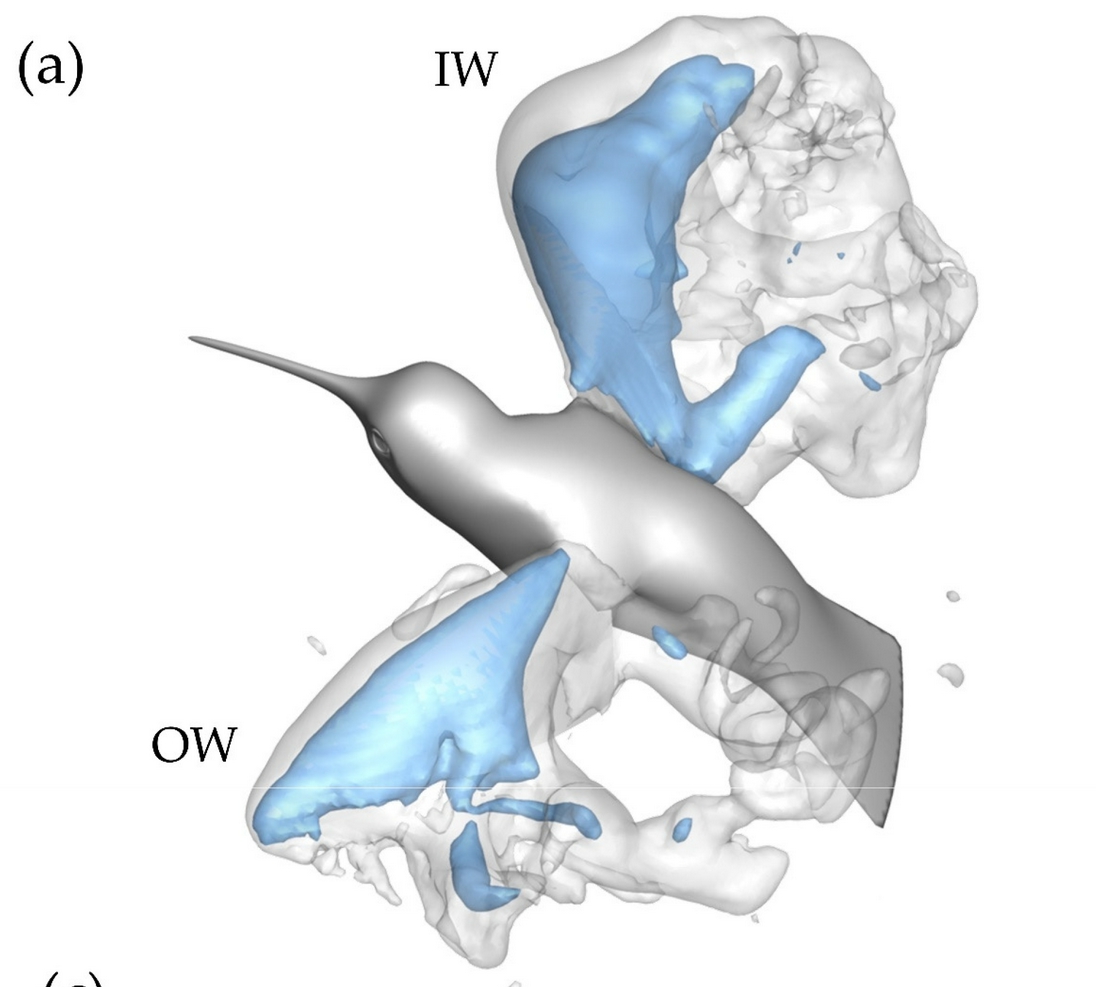
Menzer, A., Ren, Y., Guo, J., Tobalske, B. W., & Dong, H. (2022). Wing Kinematics and Unsteady Aerodynamics of a Hummingbird Pure Yawing Maneuver. Biomimetics, 7(3), 115.
New Publication in Proceedings of the Royal Society, B
Lane SJ, Shishido CM, Moran AL, Tobalske BW, Arango CP, Woods HA. 2017
"Upper limits to body size imposed by respiratory–structural trade-offs in Antarctic pycnogonids." Proc. R. Soc. B 284: 20171779.
New publication in Current Biology by "Team Pycno" on sea spider respiration
Team Pycno is creating some waves with a new article in Current Biology. Check it out!
H. Arthur Woods, Steven J. Lane, Caitlin Shishido, Bret W. Tobalske, Claudia P. Arango, Amy L. Moran. "Respiratory gut peristalsis by sea spiders." Current Biology, 2017; 27 (13): R638 DOI:
For press coverage and related videos click on the following links:
New paper in Ecology and Evolution: "Flight performance in the altricial zebra finch: Developmental effects and reproductive consequences"
New Paper in JEB!
Wing posture has a greater effect on aerodynamic performance during emulated flapping than during emulated gliding. Extended wing morphology (i.e. emarginate primaries) may be more important during take-off and landing than during gliding. Read more in the new JEB article.
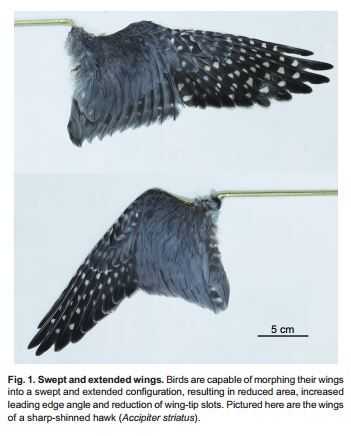
New paper: Evolution of avian flight: muscles and constraints on performance.
Read Bret's new paper in the Philosophical Transactions of the Royal Society, B.on the constraints of the avian musculoskeletal system on the evolution of flight.
Pictured: Wing-tip reversal upstroke in a pigeon (Columba livia) engaged in slow forward flight.
New paper: Specialized primary feathers produce tonal sounds during flight in rock pigeons (Columba livia)
Read Robert and Bret's new paper in the Journal of Experimental Biology. In this image, synchronized audio and high-speed video recordings of take-off flights reveal that tonal components of wing sounds occur late in downstroke.
New Paper: Foraging at the edge of the world: low-altitude, high-speed manoeuvering in barn swallows.
Ever wonder how swallows do it? Fast, highly maneuverable flyers that seem to turn on a dime? Read about the kinematics of swallow foraging in the Philosophical Transactions of the Royal Society, B.
Hot off the press in the Royal Society Open Science
Read the latest paper involving research at the UM Flight Lab!
"Three-dimensional simulation for fast forward flight of a calliope hummingbird." Authors: Jialei Song, Bret W. Tobalske, Donald R. Powers, Tyson L. Hedrick, Haoxiang Luo.
Pressure distribution on the body surface in Pascals: (a) isolated body simulation, (b) body with wings at mid-downstroke and (c) body with wings at mid-upstroke.
Bridging Bret's interests...
"Not only is he an expert on fast muscle movements, but he’s a guitarist and rock fan who used to work concert security at metal shows in the Eighties." How is this for a cool faculty expertise contribution?
Video
Researchers from the Field Research Station Featured on Discovery Canada!
Dr. Bret Tobalske and Dr. Art Woods, along with graduate student Steven Lane, recently traveled to Antarctica with colleagues from the University of Hawaii to study polar giant sea spiders. Their work is featured in this Discovery Channel Canada clip. (Link doesn't work)
Hummingbird Flight in Science News
"What Use is Half A Wing?" HHMI Biointeractive video
Ken Dial's work on the origin and evolution of flight is highlighted in this HHMI Biointeractive video.
Interview with Canadian Broadcasting Corporation
Flight Lab video wins competition for best video on fluid dynamics at the meeting of the American Physical Society
"Turning on A Dime - Asymmetric Vortex Formation in Hummingbird Maneuvering Flight"
Hummingbirds are versatile natural flyers that can perform locomotion as insects, such as hovering, forward/backward flight, turning maneuver and more. The unsteady vortex dynamics is key to understand aerodynamic features of these motions. Here we present an integrated approach combining high-speed photogrammetry, wing/body surface tracking, and immersed boundary method based flow simulations to study the three-dimensional vortex dynamics of a freely maneuvering hummingbird. The simulation results of the hummingbird performing pure yaw turn show asymmetric wake structures between the inner and outer wings. Dual-loop vortex structures have been observed in the near wake of the outer wing during downstroke, and of the inner wing during upstroke. The interactions between the wings and these complex vortex structures have implied both aerodynamic and dynamic benefits of the flapping wings in hummingbird’s maneuvering flight. (This work is supported by NSF CBET-1313217 and AFOSR FA9550-12-1-0071)
Heat dissipation during hovering and forward flight in hummingbirds
A new paper in Royal Society Open Science!
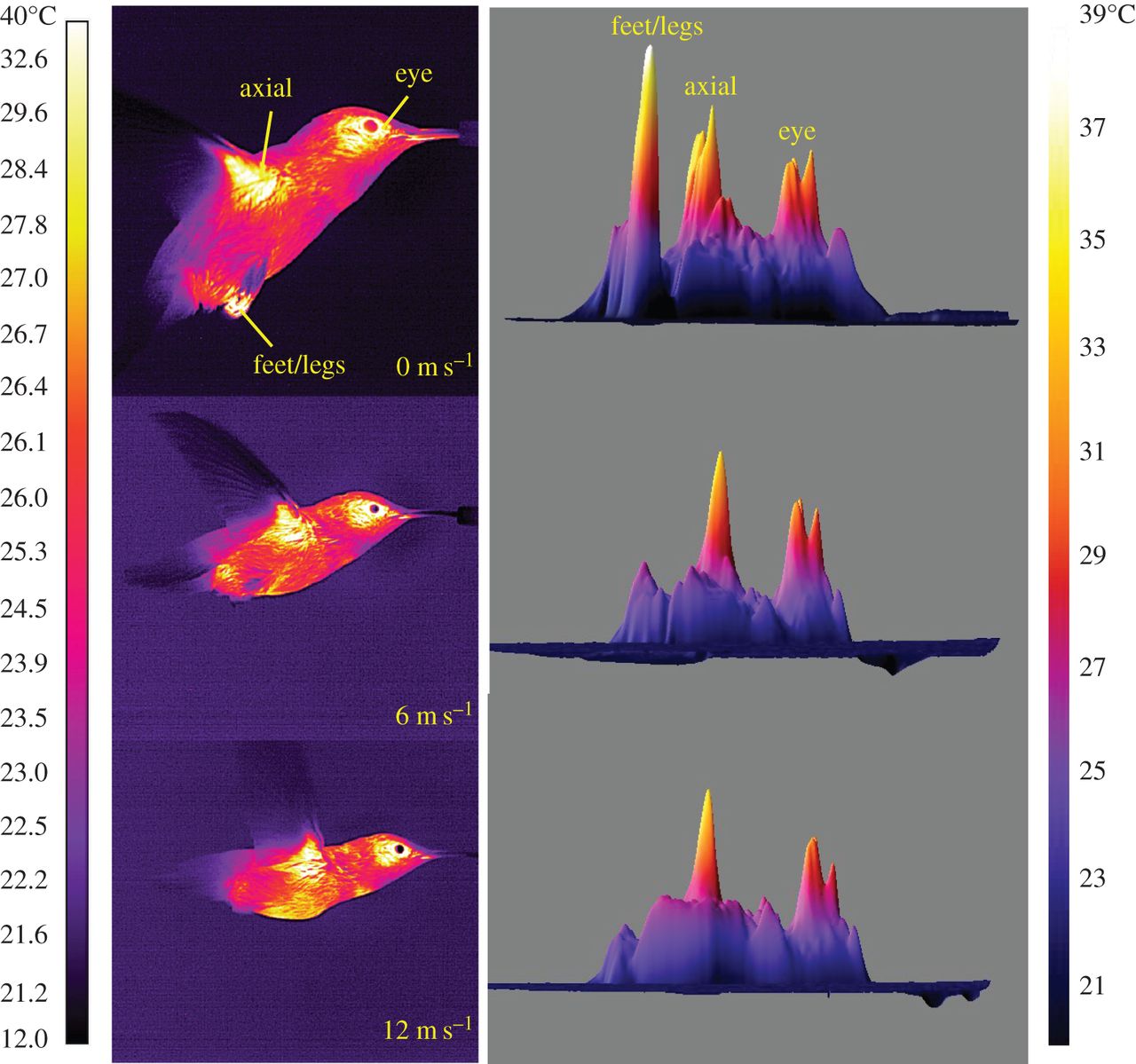
Read media coverage and view additional videos related to the article at:
The Times (London)
New article in Journal of Experimental Biology
Slow flight is extremely energetically costly per unit time, yet highly important for takeoff and survival. Kristen Crandell and Bret Tobalske investigated the kinematics and aerodynamics of upstrokes during slow flight. Check out their new paper (and the image that made the cover of the Journal of Experimental Biology)!
Great Transformations in Vertebrate Evolution, Edited by Kenneth P. Dial, Neil Shubin, and Elizabeth L. Brainerd
This new book features chapters by many of the world's most accomplished evolutionary biologists looking at some of the great transformations in the 500-million-year history of vertebrate life. Edited by our own Ken Dial as well as Neil Shubin and Elizabeth Brainerd in honor of a leader in the field of evolutionary biology and paleontology: Farish A. Jenkins Jr. and available from the University of Chicago Press.
New Grant Funding from the National Science Foundation, Antarctic Program
Bret Tobalske emerging from frigid Lake McDonald in Glacier National Park in prepartion for future dives in Antarctica with researchers Amy Moran (University of Hawaii) and Art Woods (University of Montana). Their research will focus on Antarctic sea spiders (Pycnogonida), their body size, oxygen consumption, and vulnerability to climate change.
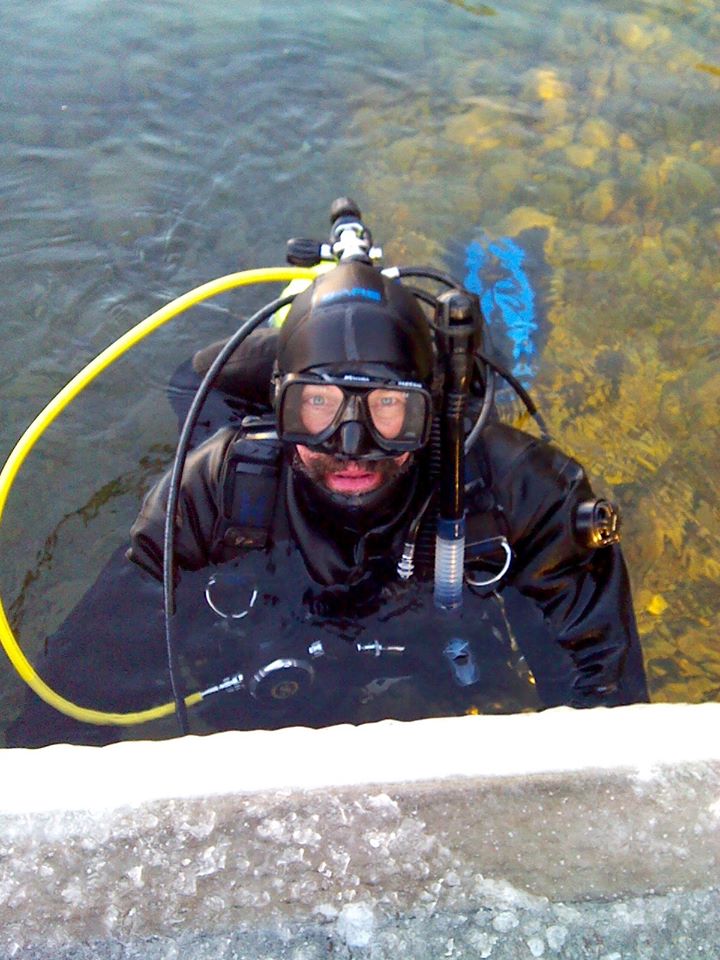
New paper in the Proceedings of the National Academy of Sciences..
 The shapes of sexually selected weapons differ widely among species, but the drivers of this diversity remain poorly understood. We found that rhinoceros beetle horns are both stronger and stiffer in response to species-typical fighting loads and that they perform more poorly under atypical fighting loads, which suggests weapons are structurally adapted to meet the functional demands of fighting. Our research establishes a critical link between weapon form and function, revealing one way male-male competition can drive the diversification of animal weapons.
The shapes of sexually selected weapons differ widely among species, but the drivers of this diversity remain poorly understood. We found that rhinoceros beetle horns are both stronger and stiffer in response to species-typical fighting loads and that they perform more poorly under atypical fighting loads, which suggests weapons are structurally adapted to meet the functional demands of fighting. Our research establishes a critical link between weapon form and function, revealing one way male-male competition can drive the diversification of animal weapons.
Read more about "Structural Adaptations to Diverse Fighting styles in Sexually Selected Weapons."
Coverage of the article by Science.
Transition from wing to leg forces during landing in birds: A new paper in the Journal of Experimental Biology.
Transitions to and from the air are critical for aerial locomotion and likely shaped the evolution of flying animals. Research on take-off demonstrates that legs generate greater body accelerations compared with wings, and thereby contribute more to initial flight velocity. Here, we explored coordination between wings and legs in two species with different wingbeat styles, and quantified force production of these modules during the final phase of landing. Check out the "Transition from Wing to Leg Forces during Landing in Birds" article. 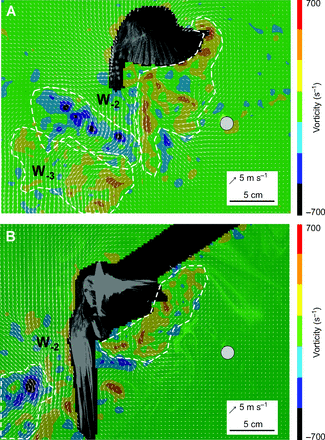
Mechanical limits to maximum weapon size in a giant rhinoceros beetle: A new paper from the Flight Lab's Erin L. McCullough.
The horns of giant rhinoceros beetles are a classic example of the elaborate morphologies that can result from sexual selection. However, males sometimes fight vigorously enough to break their horns, so mechanical limits may set an upper bound on horn size. Erin tested tested the mechanical limit hypothesis by measuring safety factors across the full range of horn sizes. Check out her paper, "Mechanical limits to maximum weapon size in a giant rhinoceros beetle", published in the Proceedings of the Royal Society B.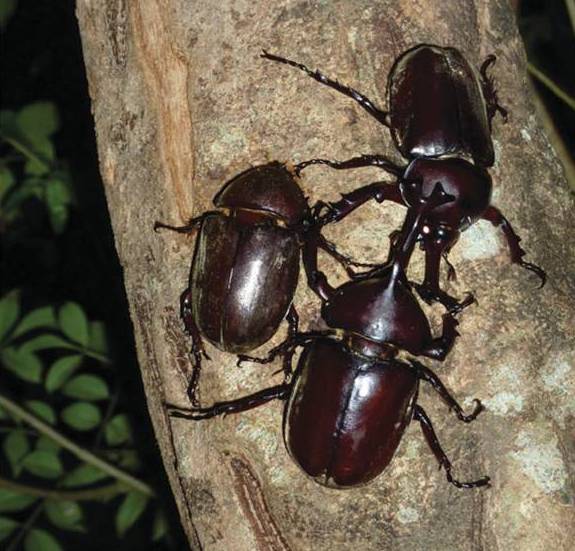
New National Geographic Grant: "Ecomorphology and flight performance during high-speed coursing maneuvers in swallows."
Bret Toba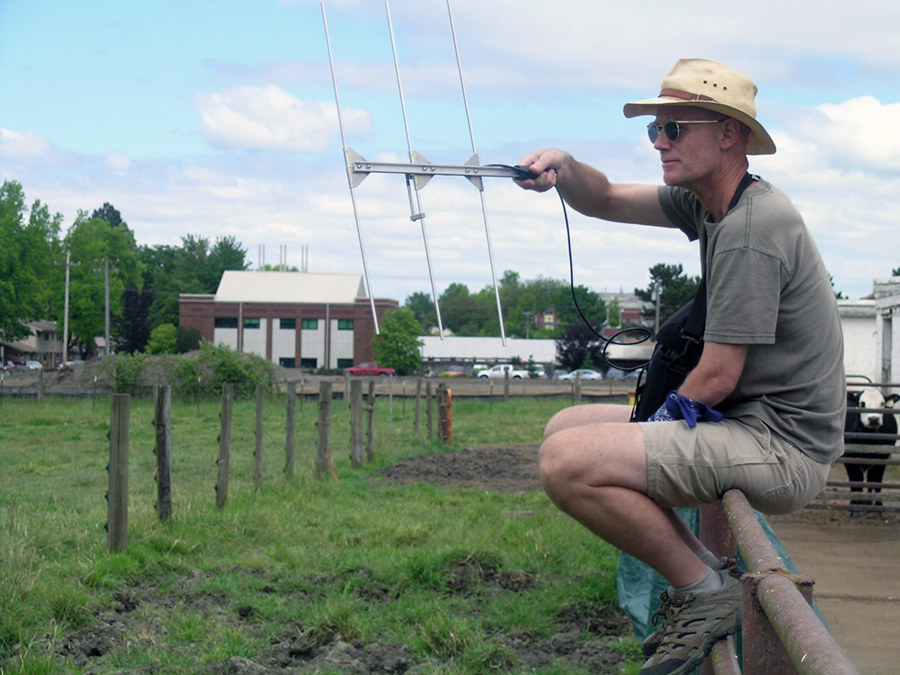 lske, Director of the UM Flight Lab, has been awarded a grant from the National Geographic Society, Committee for Research and Exploration. This is in collaboration with Doug Warrick (Oregon State University), Andy Biewener (Harvard University), and Ty Hedrick (University of North Carolina at Chapel Hill). The research will focus on the ecomorphology and flight performance during high-speed coursing maneuvers in swallows. Pictured: Doug Warrick.
lske, Director of the UM Flight Lab, has been awarded a grant from the National Geographic Society, Committee for Research and Exploration. This is in collaboration with Doug Warrick (Oregon State University), Andy Biewener (Harvard University), and Ty Hedrick (University of North Carolina at Chapel Hill). The research will focus on the ecomorphology and flight performance during high-speed coursing maneuvers in swallows. Pictured: Doug Warrick.
